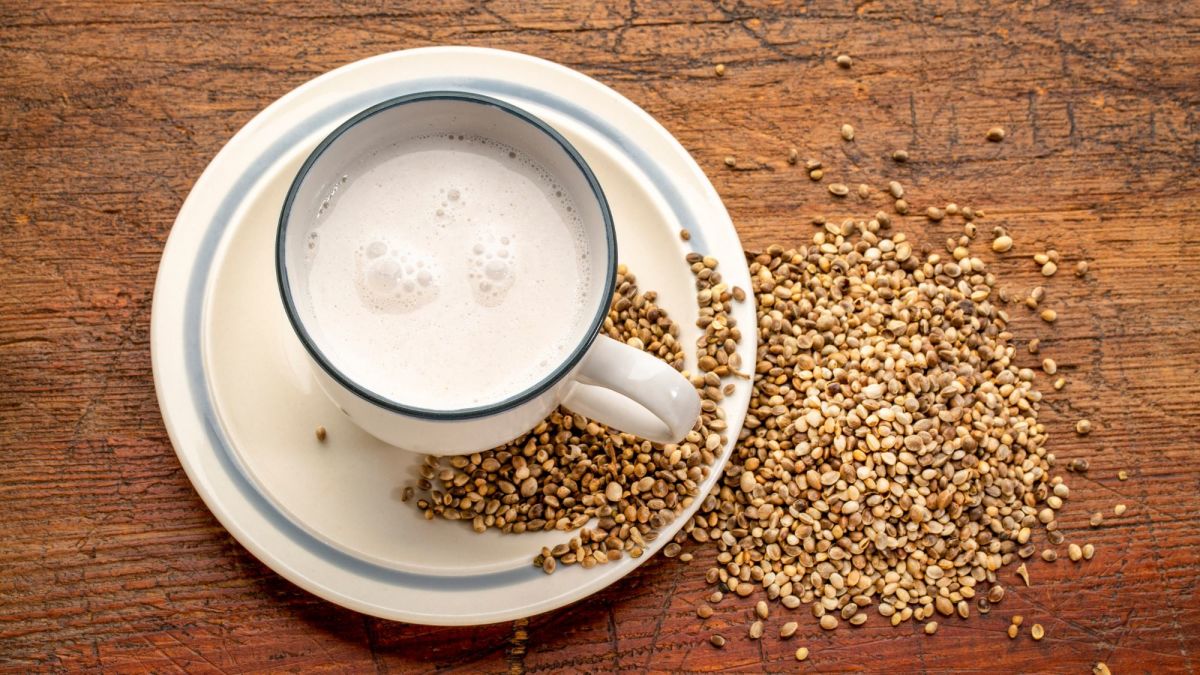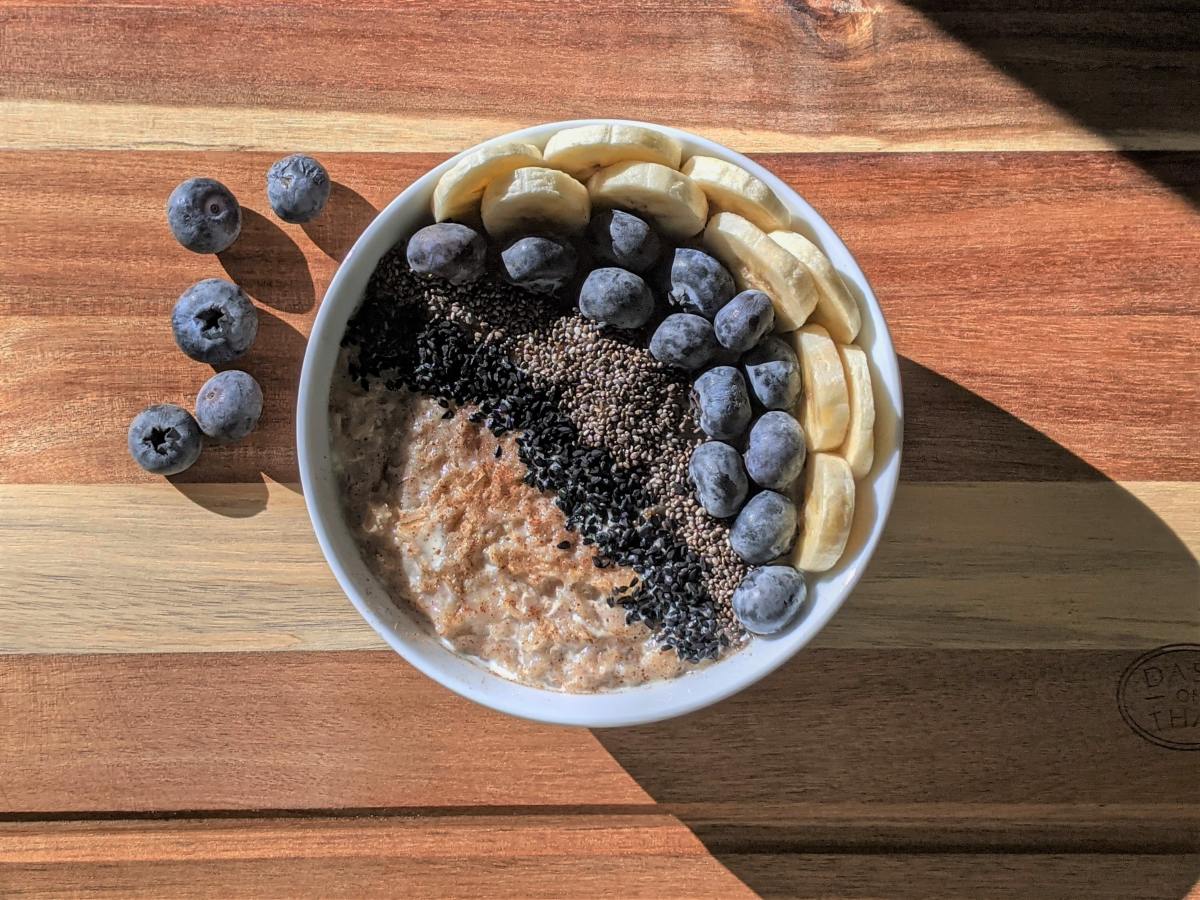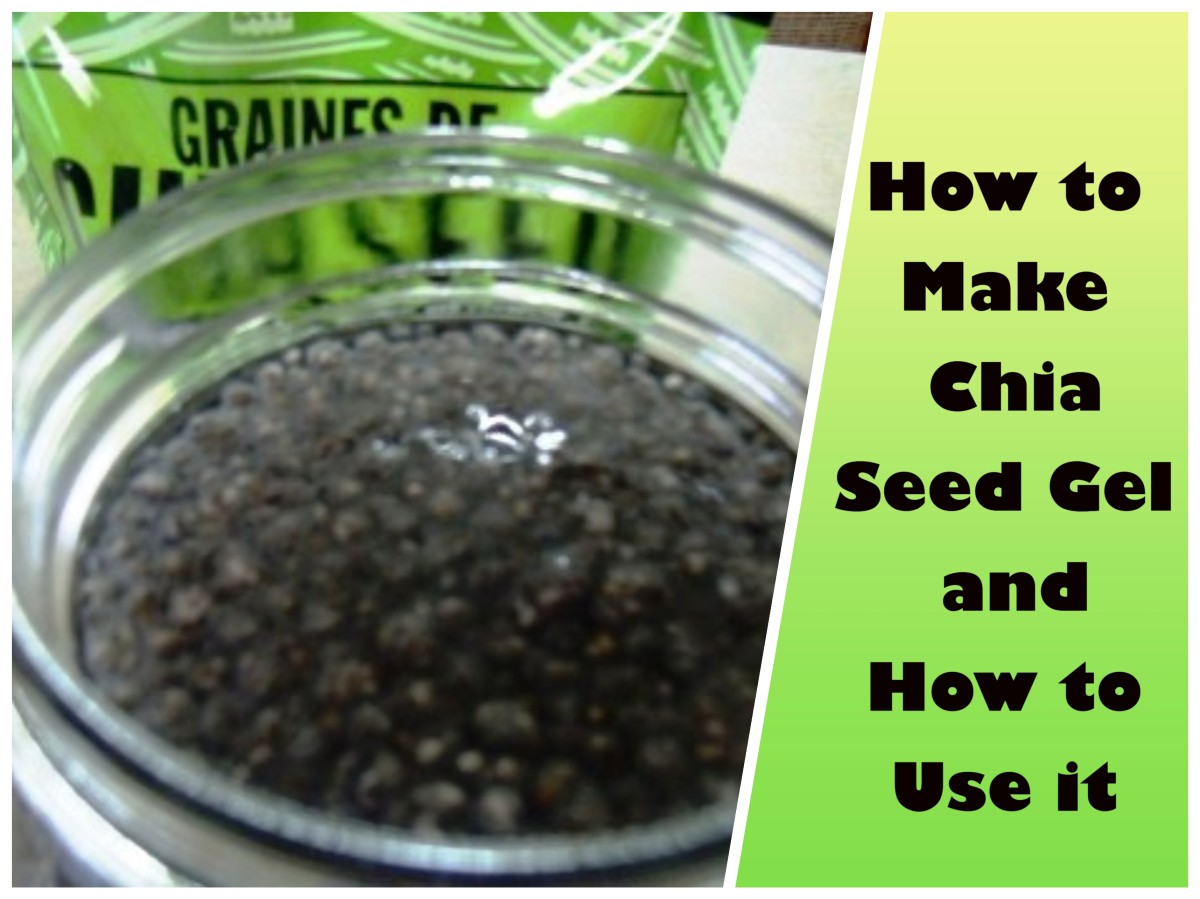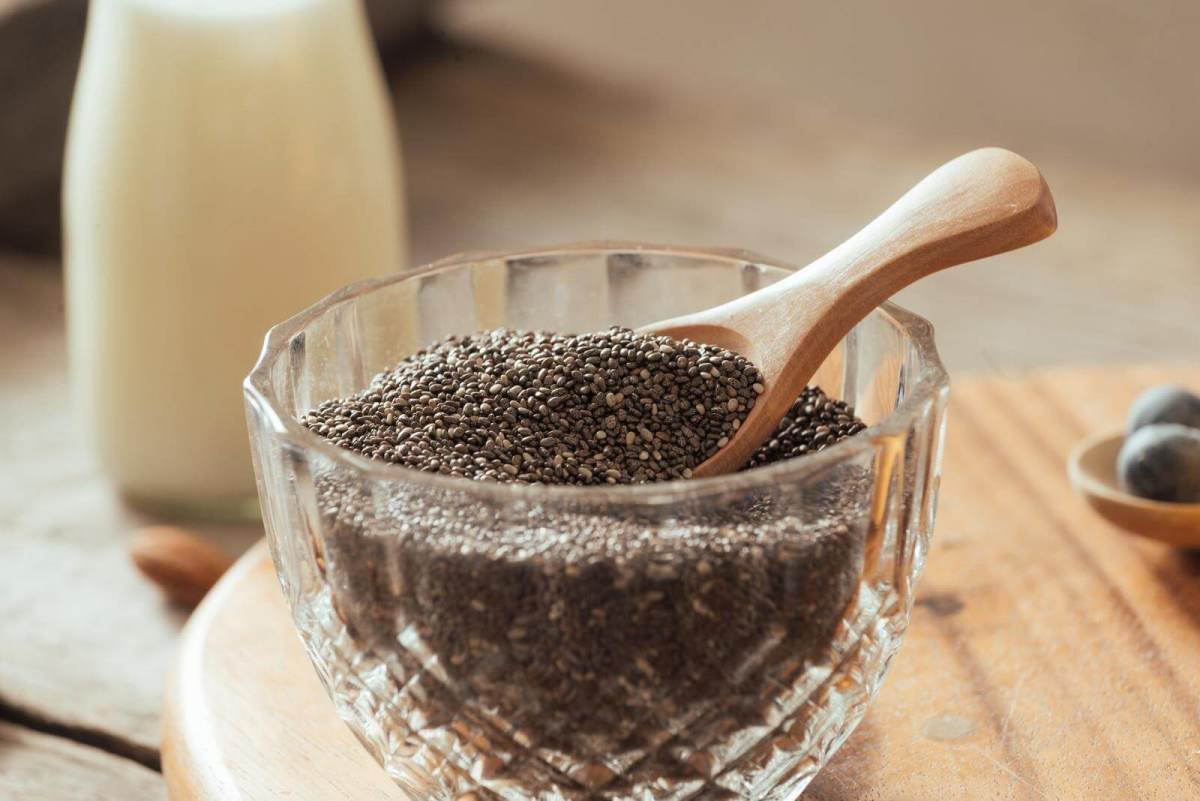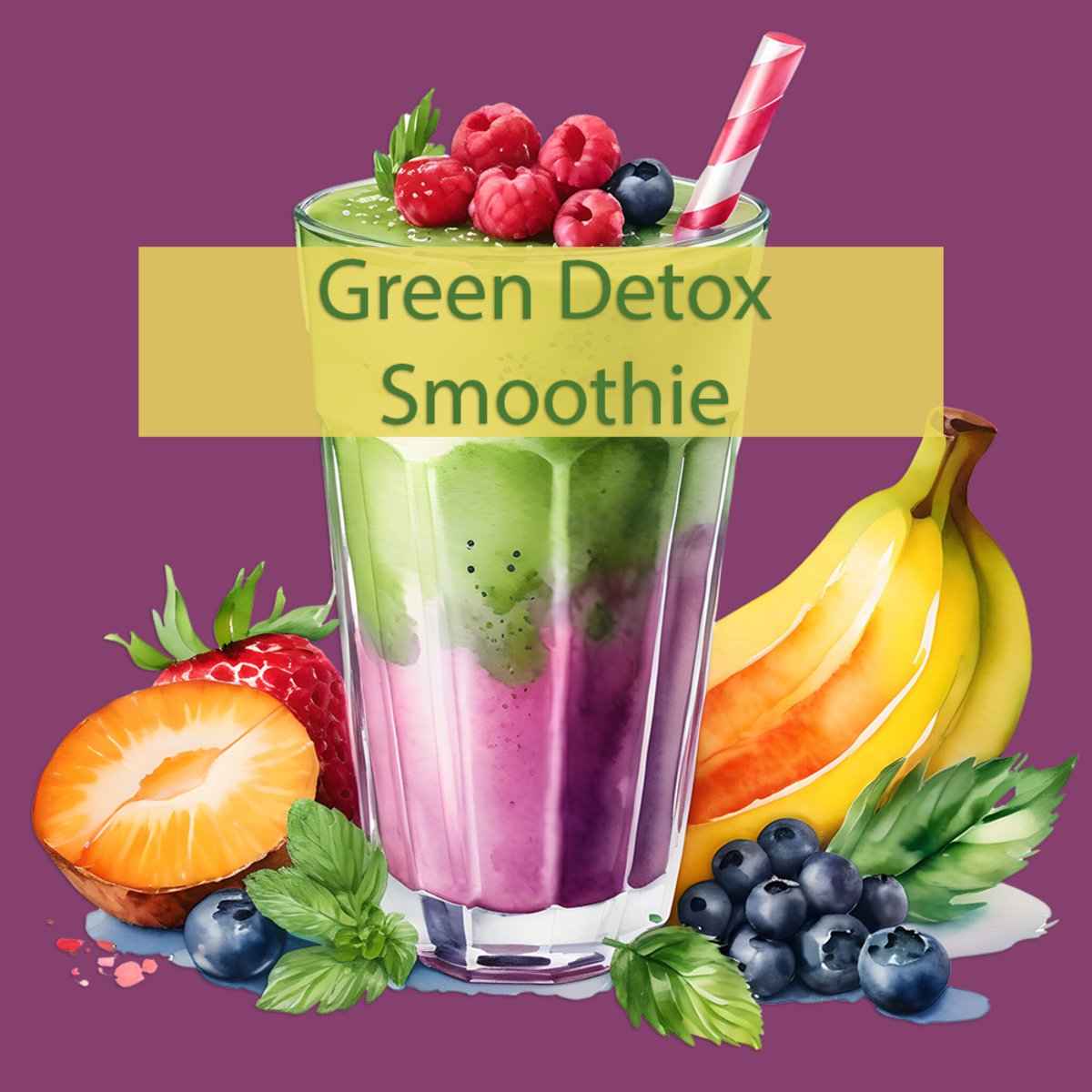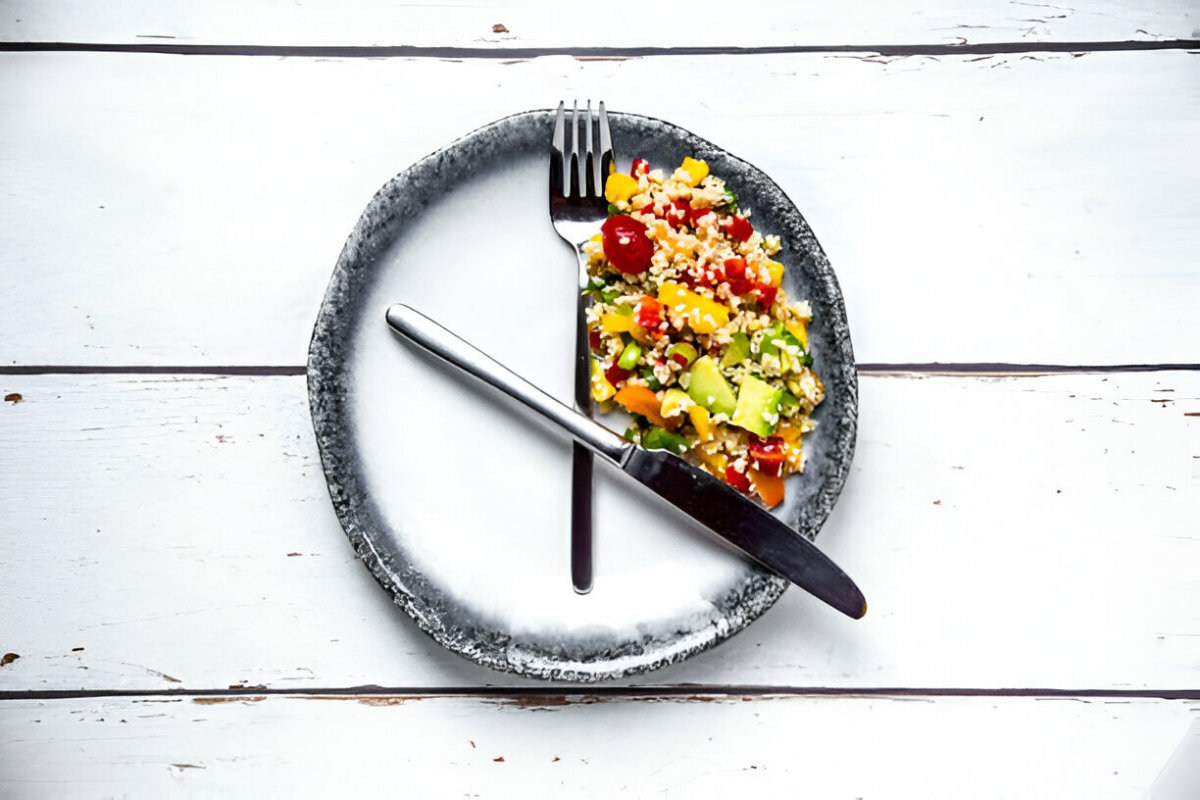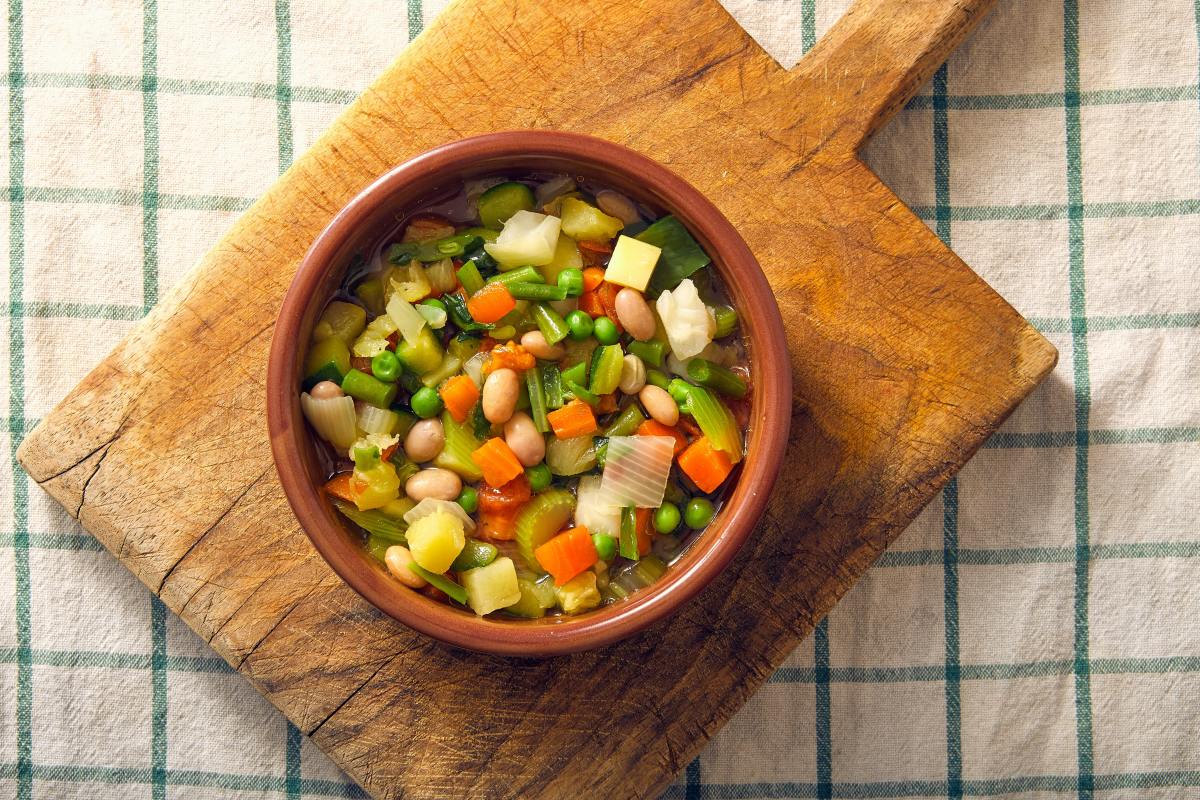Health: Chia Seeds - not just for Chia Pet pelts anymore
A Past Popular Gift Craze- The Chia Pet
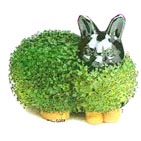
Cha-cha-chia!
The other day, my mother's husband asked me for a favor. It was a pretty simple favor: the next time I swung by the local healthfood store, would I look for chia seeds? I looked up and sang "cha-cha-chia"... those chia seeds? Like chia pet grass seeds?
Apparently, yes, those seeds.
Okay, I could do that, no problem.
I forgot about chia seeds until approximately a week later when I was doing homework for my class on homeopathic health care. I stumbled across an article about chia seeds for diabetics. Immediately, I was interested because I had written this hub: Diabetes and Diet.
What are chia seeds?
Chia seeds come from the plant Salvia hispanica which is native to Central, Mexico and parts South America. The plant is a part of the mint family. Chia seeds were used by the Mayans and Aztec tribes to nourish and hydrated their warriors on long raids or hunting trips as well as an important food source.
The reason they were so important for the warriors is that chia seeds have high protein and hold water in the body, trapped in soluable fiber (carbohydrates). This meant that they could travel lightly for miles without dehydrating or weakening.
Now chia seeds are a well-kept secret of athletes and dieters because of their unique properties and benefits. The more popularity they gain in the modern age, the more they are being hailed as a "super food" and "miracle seed."
So what's with the hype? Why so much fanfare? And is it justified?
Benefits of Chia Seeds
- hydration
- controlled sugar levels
- high protein
- high omega 3 & 6 levels
- high minerals levels
- gluten-free
- high fiber
Hydration
Chia seeds have an odd property of turning water into gel and can absorb up to 12 times their weight in water. This gel, which is mostly composed of fluid and fiber, slowly releases water into the body over time. This avoids rehydrating too quickly and accidentally flushing out good nutrients and minerals. Athletes know this and use chia seeds to stay hydrated during meets and events.
Controls Blood Sugar Levels
Chia seeds also control blood sugar levels the same way. Since the gel locks up the water, it also locks up the carbohydrates, slowing the introduction of glucose into the blood stream. You can see how this would be great for diabetics because if they ate the chia seed gel (or seeds themselves) with another food or drink, that food or drink's digestion would also be slowed down. Because you stomach is taking longer to digest, you stay full longer, and this process curbs your appetite.
I read that if diabetics take 3 teaspoons with each meal, this is sufficient to slow down the digestion. Of course, there are no excessive clinical trials to back this up yet. However, the chia seeds will slow down digestion, regardless of amount.
High Protein
Chia seeds pack a lot of protein for their little size. Approximately 20% of the seed is digestible protein. This is a pretty high percentage, considering most other grains and seed have less than 10% protein. 1 oz of chia seeds has the DV of 9%.
Fatty, Essential Oils
Chia seeds also contain large amounts of food fatty oils, including omega 3 & 6, which can sometimes be hard to find in natural foods. Unless you like oily fish, chia seeds might be a good alternative to get your daily value of omega 3 & 6. Chia seeds also contain linoleic acid.
High Mineral Levels
Chia seeds have a high calcium percentage as well. 1 oz of Chia seeds has 18% of the DV of calcium. It also has a fair amount of magnesium, iron, zinc, phosphorus, and other minerals you need to stay healthy. In fact, researchers found it to have iron levels equal to 5 cups of raw spinach. Magnesium, phosporus, and calcium are interlocked minerals that require proper ratios, so getting all three at once promotes the absorption all.
Fiberous and Gluten-free
Easy fiber and gluten-free are probably two of the biggest advantages to chia seeds. since most fiber aids on the market are made out of wheat, those with Celiacs or gluten intolerance may not be getting enough fiber. Chia seeds may be a good substitute to Benefiber or other OTC fiber aids.
What are the drawbacks to chia seeds?
Because chia seeds are so high in fiber, if your body is accustom to a low fiber diet, chia seeds can cause gas, bloating, and loose stools. If this is the case, you should ease off on the seed amount and slowly build it up.
May possibly be an allergen.
Chia seeds are expensive. While they are not the most expensive little grain on the market, at an average of $10/lb, they may make you think twice about purchase. Especially when you consider flax seeds have high fiber and essential oils too. However, consider that with chia seeds a little goes a long way with more benefits than other seeds and grains.
Chia seeds are still somewhat obscure, so don't expect to see them in Wal-mart. However, they should be easily found at your local health food store, either pre-packaged or in the bulk bins. If you can't find them locally, they are also available online.
Not all chia seeds are created equal. Make sure you check the packaging to ensure that the seeds are up to snuff.
Chia seed flour still has all the fiber, but you loss a lot of the oils and nutrients. However, raw chia seeds mixed with water have the potential to be slimy if it's not the right ratio for gel. And raw seeds themselves may not be processed by the body because of the outer hull, much like flax seeds.
How to Use Chia Seeds?
You can eat the seeds raw, but it is better to soak the seeds for 10 minutes and create the chia seed gel. Doing this prevents the seeds from taking water from your body in your stomach and forms the protective coating that slows down digestion.
As I said above, chia seeds can absorb up to 12 times their weight in water, but the best way to make gel is to mix 9 parts liquid to 1 part seed. That means your $10 pound of chia makes x10 as much gel.
One recipe instructs: "Making Chia Gel (9 to1 ratio): Put water in a sealable plastic container and slowly pour seed into water while briskly mixing with a wire whisk. This process will avoid any clumping of the seed. Wait a couple of minutes, whisk again and let stand for 5 to 10 minutes. Whisk again before using or storing in refrigerator (Gel will keep up to 2 weeks).
How I made the gel: Use approximately 2.5 cups of WARM water to 1 cup of seed (3 cups of water if you want a 9:1 ratio or 2 cups of water for a 6:1 ratio). Dump the water and seeds into a seal-able container. Close and shake vigorously. Let sit for 5-10 minutes. Repeat shaking. If the seeds are still clumped or the gel isn't setting, give it another 5-10 minutes and shake a third time. Then chill in the fridge.
Have I Sold You on Chia Seeds Yet?
I think I sold myself. Actually, I know I've sold myself, as I bought a 1/3 of a pound today for myself and my mother's husband. I figure at the worst, I wasted a couple of bucks, but at the best I found a good, natural supplement for keeping hydrated and providing a little extra boost of nutrients and essential oils.
Edit on 9/23: Okay, I have successfully made the chia gel. Since the more water you add, the soupier it gets, I decided not to do 9:1 and opted for 7.5:1 instead. The gel came out fairly firm and not slimy at all; it has a consistency similar to tapioca pudding. It's a bit ugly to look at, but your stomach doesn't have eyes. The gel, surprisingly enough, really does not have a taste.
I have been taking it with my daily vitamin and breakfast in the morning, while my mother's husband takes it in the evening. He decided to take a shot of it, which made his stomach queasy for the evening, so I wouldn't recommend drinking down a glassful without food in your stomach.
If you make it at a ratio of 9:1 you'd need 10 oz to reach your DV (daily value), but if you make the ratio at 6:1 then you only need 6 oz to reach your DV, if you're interested in the essential oils, protein, and nutrients. This is easily spread between meals if you are diabetic or interested in the dieting potential.
Online Sources for Chia Seeds
Some Helpful Links
- Chia Seed Recipes
How to add sneaky ninja-chia into foods! - Nutrition Facts and Analysis for Seeds, chia seeds, dried
Nutrition facts and Information for chia seeds. This is a really cool website. I recommend looking around after checking out the chia seed stats. - Simple grain offers health benefits to diabetics - CTV News
The original article I read about diabetes and chia seeds.
PS.
If you're interested in the nostalgic blast from the past chia pet planters-- there's some really hilarious ones like George Washington (look over!), Bart Simpson, Scooby Doo, and Spongebob in addition to the boring kitties and puppies. And Obama. Who wouldn't want a Obama chia head planter thing?
As usual, if you like this article, feel free to rate up and facebook like. This gives other people a chance to read it! Thank you for reading.


